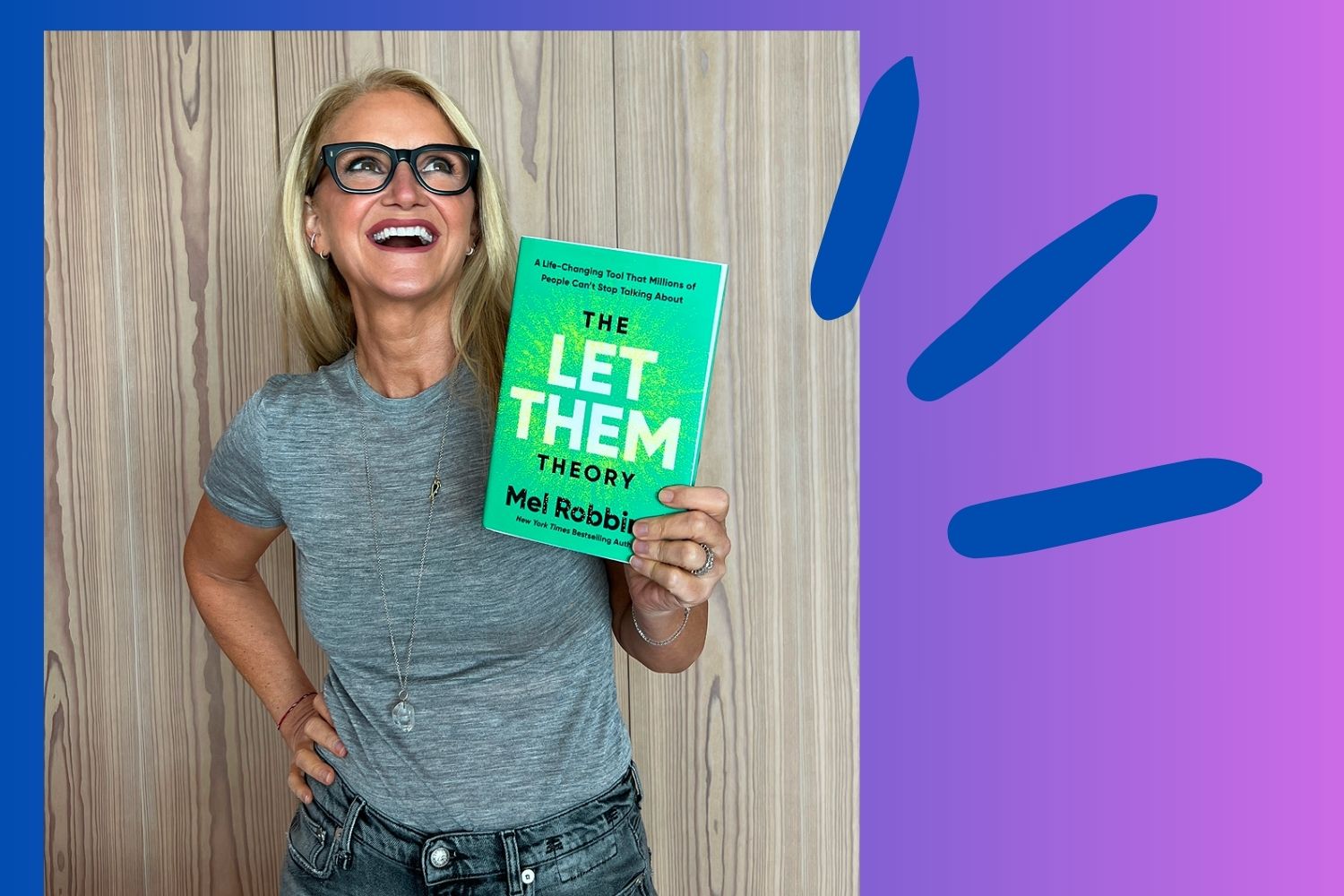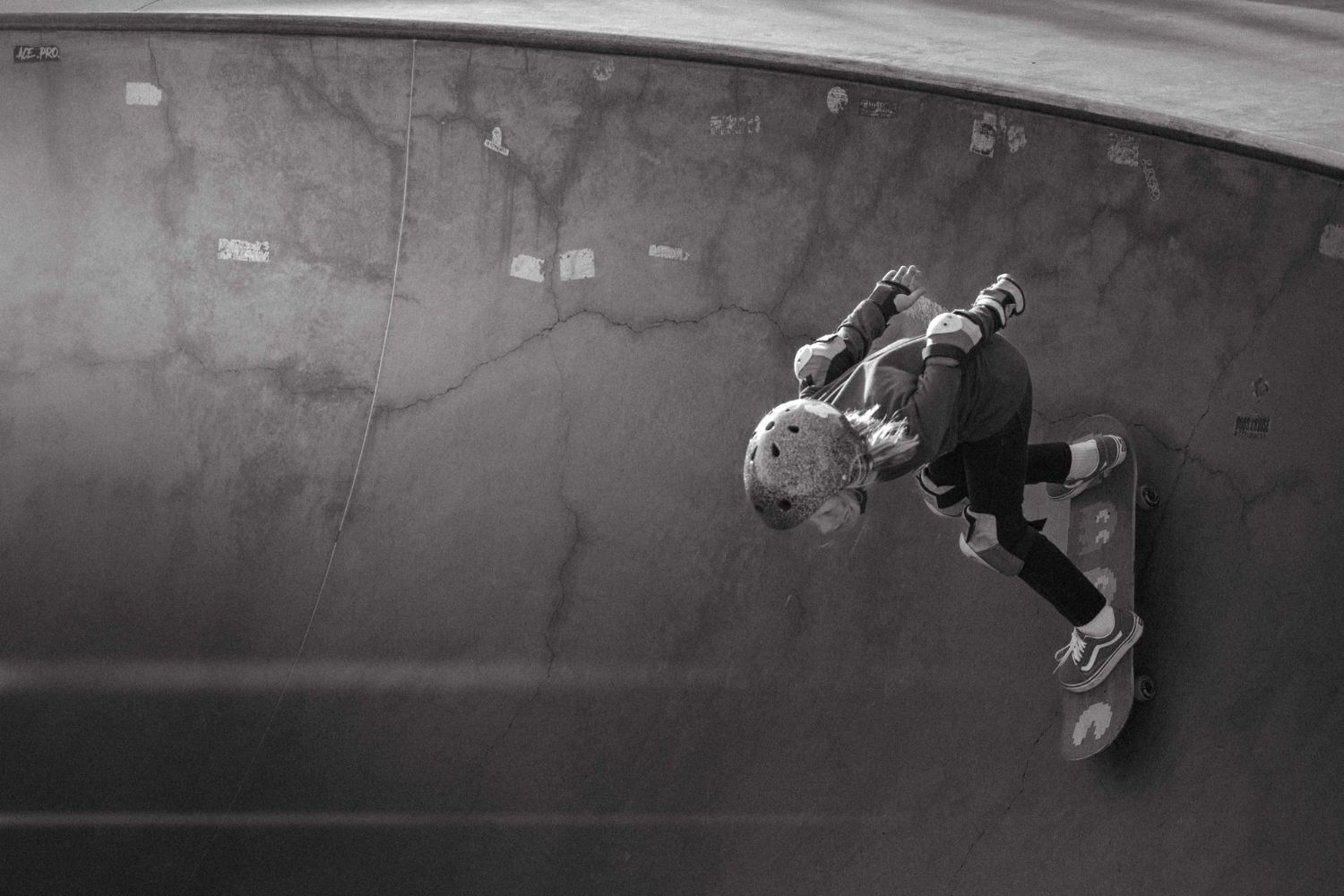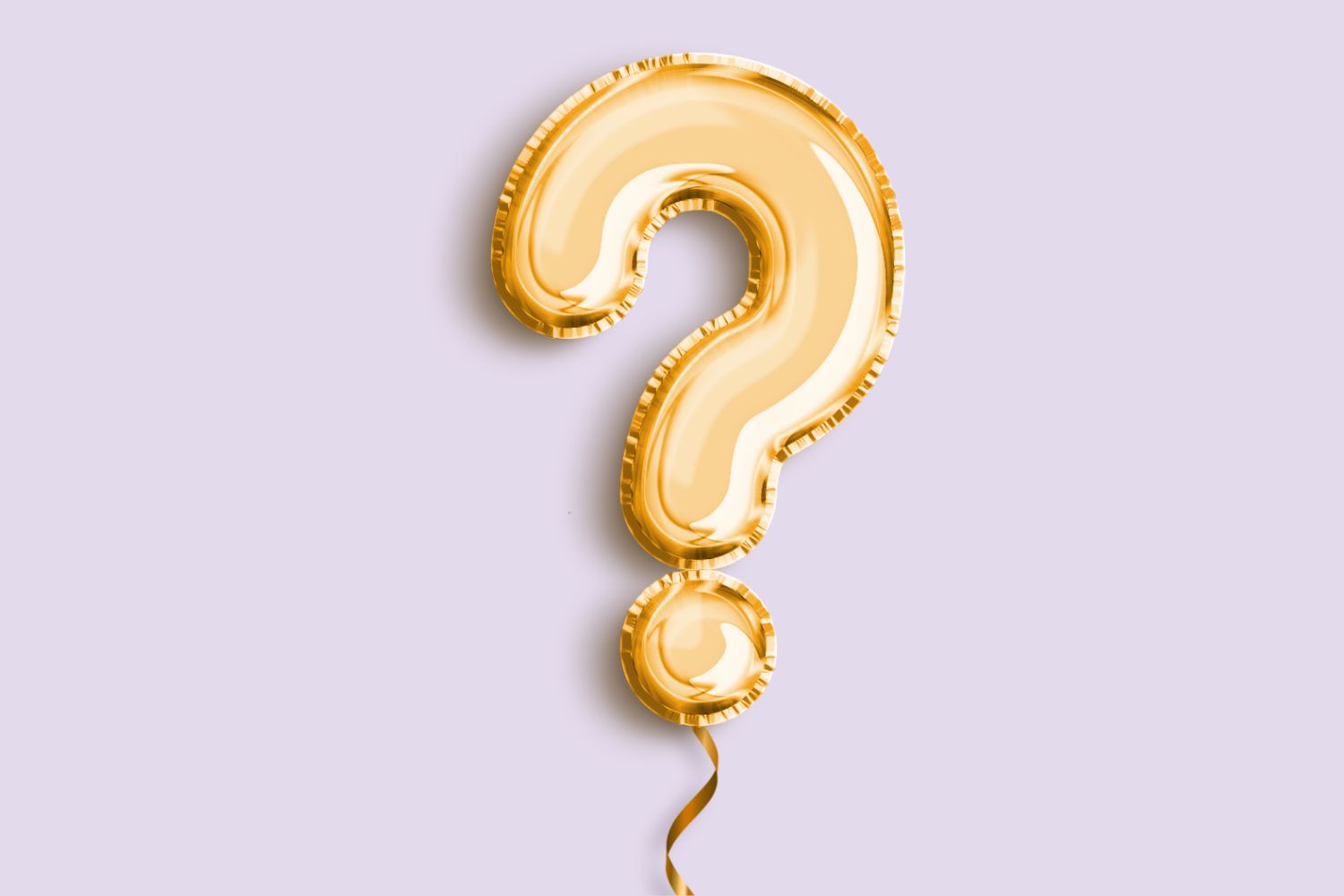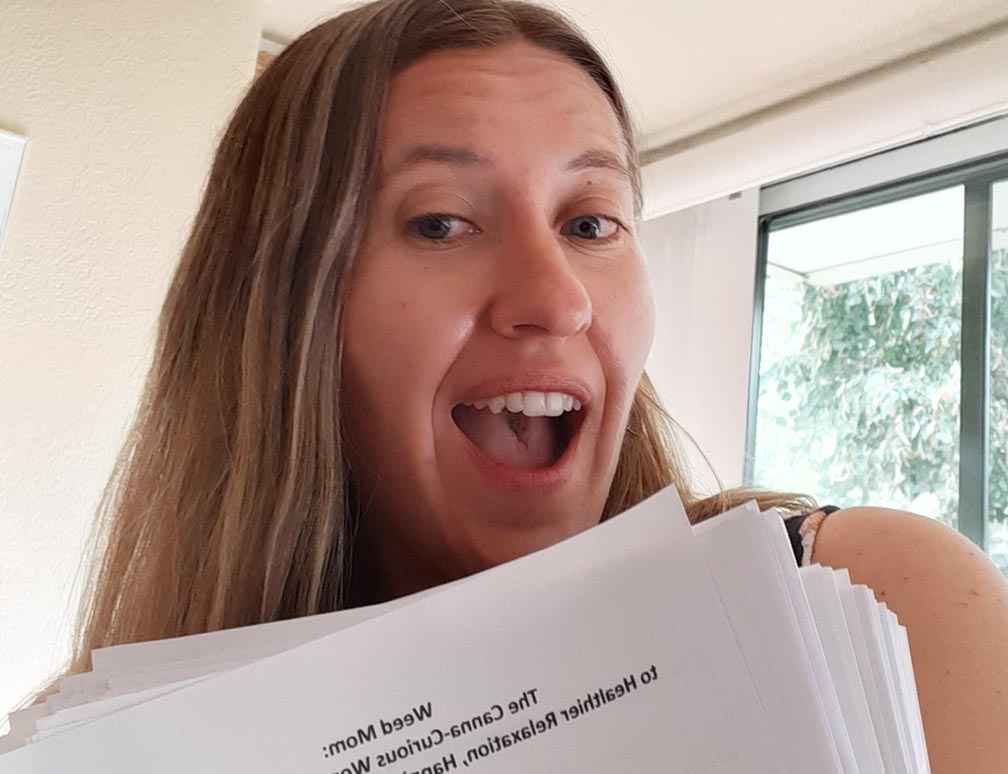
How to come out of the cannabis closet as a responsible parent
“I don’t want to shock you, but more than half of the 55 percent of American adults who use some form of cannabis are parents. Of that half, 16 million have children under the age of 18.”
Danielle Simone Brand reported that surprising stat in a story called “I smoke weed. I’m still a responsible parent” for The Week in 2018. Fast-forward to now — during the hopeful home stretch of the pandemic — and the 42-year-old author of the book Weed Mom thinks cannabis usage among parents has “definitely increased.”
We’re not surprised. Brand attributes the increase in cannabis partially to improved legal access to weed, and some of it to the incredible stress of parenting through a pandemic. Adds the the Northwest-based writer and mom of two — ages 8 and 11 — “While I haven’t seen a new comprehensive poll on parental usage rates, a Harris Poll from December 2020 found that 52% of parents who had previously used cannabis either re-started or upped their usage since the beginning of the pandemic. And interestingly — but not surprisingly — 57% of parents who use cannabis said that they replaced or reduced alcohol with cannabis.”
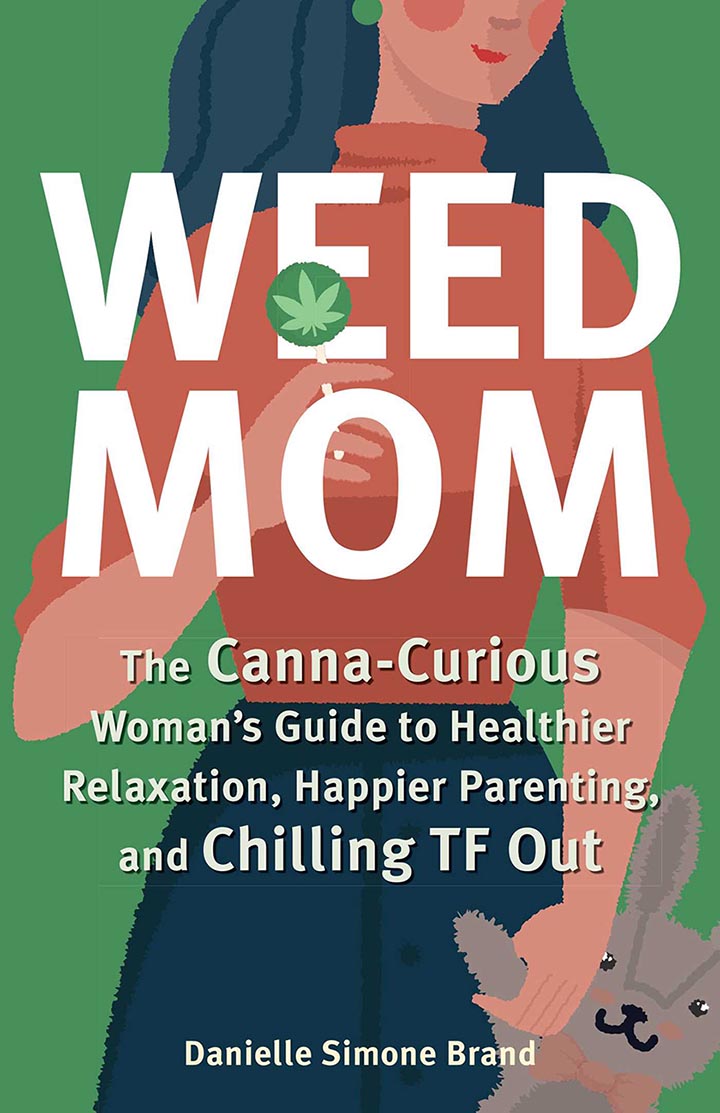
When it comes to parenting and weed, Brand definitely knows what she’s talking about. She’s an experienced cannabis consumer and responsible parent — and yes, the two can go together. People just don’t really talk about it. Weed Mom aims to dispel the taboo.
If you’re wondering, “How does she parent two kids when she’s stoned?” here’s a slice of her article in The Week that describes the parenting on cannabis experience:
When I take a single hit from my favorite vape pen, I feel uplifted, relaxed, and slightly altered — not out of it. I can color for a long time with my almost-6-year-old daughter or get engrossed in a LEGO engineering project with my 8-year-old son. It’s fun to watch movies with my family while mildly high — especially if it’s Moana for the 10th time. On walks around my neighborhood, the shoots and blooms pop with color; the vibrant blue sky feels warm and endless. Listening to the waves crash on the beach becomes a soul-cleansing experience. My cooking — which honestly ranges from OK to pretty good — tastes heavenly when I’m high. CBD oil also helps me sleep, and a topical CBD ointment is the only thing I’ve found that relieves chronic pain from plantar fasciitis. Using cannabis again has been a game-changer in my overall quality of life.
In this interview, Brand talks about her career reinvention, how cannabis makes her a better partner and parent, and whether the same advice applies to weed dads.
You’ve written that you’ve reinvented yourself professionally and personally more than a few times in your adult life. How have you reinvented yourself?
My life pattern seems to revolve around diving in deep for a while — to a place, a lifestyle, a career — and then changing it up. I’ve lived in about a dozen cities and traveled to every continent except Antarctica. My husband and I, both raised in the city and suburbs, once gave full-out, hippie homesteading a try — complete with gardens, chickens, and 40 remote mountain acres in Colorado — before fleeing back to the city. I guess you could call that an “attempted reinvention,” as we soon discovered how dreadful we were at the whole back-to-the-land, DIY everything ethos.
Another radical change for me came after finishing my master’s in peace studies and international conflict resolution in Washington, D.C., in 2005. I began a buttoned-down career before realizing that my passion for helping create a more peaceful and equitable world was best served by teaching yoga in and around Capitol Hill. Both my impact, and my level of satisfaction, were much greater as a yoga teacher than as an academic or a policymaker — but it took me a few years to fully embrace that fact.
After teaching yoga full time for almost a decade, moving around (naturally!), and having kids in the process, my attention gradually shifted back to writing — where it had been in my early life. In fact, my first career aspiration (aside from becoming a female Indiana Jones), was to write. It only took me two degrees, a few other careers, and almost 40 years to get there.
Are you a full-time writer?
For a few years, I juggled teaching yoga and caring for my two little ones while writing on the side — getting published only occasionally and paid even less of the time. But as my kids grew and the writing life began calling me more insistently, I shifted to full-time freelancing and, now, authoring. Yoga is still one of the most vital and nourishing practices for me, and I hope to one day weave my yoga teaching and my writing career back together — perhaps by leading yoga and writing programs for women with a little creative boost from our friend, cannabis.
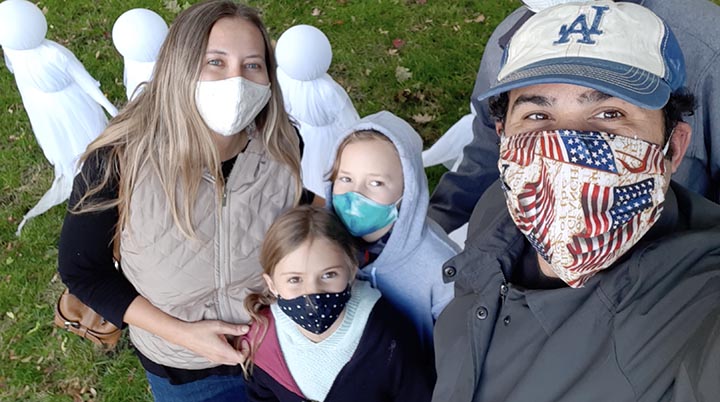
You don’t consume cannabis around your kids, and you recognize that it’s not healthy for them to consume cannabis at a young age. Do they know you enjoy cannabis?
I’m pretty sure they know more about cannabis than they really care to! We talk about cannabis and its surrounding issues frequently — from medical and wellness benefits, to the social justice issues around legalization, to the fact that I’ve written a book about a plant that’s still illegal in a lot of places. There are various ways into the cannabis conversation with kids, depending on their age and maturity as well as other factors like where you live, your job, your co-parenting and custody situation, etc. I go into lots of detail about the cannabis conversation with kids of varying ages and stages in chapter 8 of Weed Mom.
You believe that weed can be enjoyed in moderation by many adults, parents among them, and that — when used judiciously — it is neither a gateway drug, nor in conflict with normal functioning. In your opinion and experience, what do you believe is “cannabis in moderation”? How much do you personally consume on average?
I’m all about teaching moms to responsibly use cannabis, which essentially means consuming the right product and dose for you at the right moment. When used responsibly, cannabis can enhance your ability to care for yourself and others while getting your work done in the world. If consumption ever gets in the way of optimal functioning, that’s a sign of overuse.
With the responsible use mission in mind, Weed Mom educates about microdosing, which is essentially a practice of using small doses of cannabis to facilitate the kind of one or two-degree shift that helps us tune in, not out. What constitutes a microdose will vary from person to person — based on tolerance, experience, and a bunch of other factors — but somewhere between 1 and 5 mg of THC when taken internally (via tincture, edible, drink, capsule, etc.) or one to three puffs of an inhaled form of cannabis are good microdosing ranges to keep in mind.
Personally, I use multiple forms of cannabis daily because I’m a better partner and parent when I do — but that doesn’t mean I’m getting high every day. Cannabis is a versatile plant with a wide variety of uses; in my self-care toolkit, I’ve got flower, vape, tinctures, creams, gels, patches, capsules, and concentrates — all of which I might avail myself at different moments, depending on what I need. I consume CBD (which is non-psychotropic, i.e., it doesn’t cause a “high”) almost daily for help with sleep and anxiety, and for its neuroprotective properties. I also consume THC daily at this moment in my working-and-parenting-through-a-pandemic journey because it’s been helping with the extra stress and anxiety of the moment; sometimes that’s through a low-to-moderately-dosed edible, and other days it’s through a combination of smoking flower and consuming edibles. I also use topicals with CBD and/or THC as needed to help with muscle soreness, minor strains, and workout recovery.
What are your favorite forms of cannabis? Do you consume cannabis with Sativa strains, to stimulate the mind and promote creativity?
If I’m seeking the psychoactive effects of cannabis, smoking flower is my favorite way to consume because of its quick onset, suite of body-mind effects, and the fact that peak sensations only last for about an hour.
I find cannabis to be a bit more subtle and varied than what people typically associate with the indica/sativa dichotomy. That said, I’ll admit that classic sativas like Sour Diesel and Jack Herer are two of my fave go-to strains for energy and inspiration; they also work well for me when looking to get in the mood with my husband after hours. Rose Gold is another, lesser known, hybrid strain that I’m digging these days for leisurely weekends with my family and taking in the scents, sounds, and visual variety of our riverside jaunts.
But smoking flower isn’t for everyone; fortunately, there are myriad ways to consume this delightful plant and I offer tips in Weed Mom to customize your experience toward your needs — such as relaxation, stress relief, sensuality, creativity, energy, good conversation, or sleep.
I’m also loving infused drinks these days; there’s a California-based brand of non-alcoholic, THC-enhanced wine that I find super enjoyable to sip in lieu of actual wine — which tends to give me a headache.
How do you think your cannabis use will evolve? Do you view your 40s as a particularly important time to use cannabis, and do you think you’ll change how you use it in your 50s?
Mary Jane comes in so many varieties, and is so incredibly easy on my body, that I can only imagine she (yes, flowering cannabis plants are female) and I will be close for a good long while. When I imagine myself in 15 or 20 years, I conjure an image of a self-possessed woman with long silver hair, a boho-chunky-jewelry vibe, and a rose petal joint in one hand.
I may be consuming cannabis for different reasons into my 50s, 60s, and beyond — but I’m fairly confident I’ll be consuming. In fact, the kinds of things older folks say they want from cannabis (pain relief, and help with sleep, appetite, and mood) are some of the things cannabis does best.
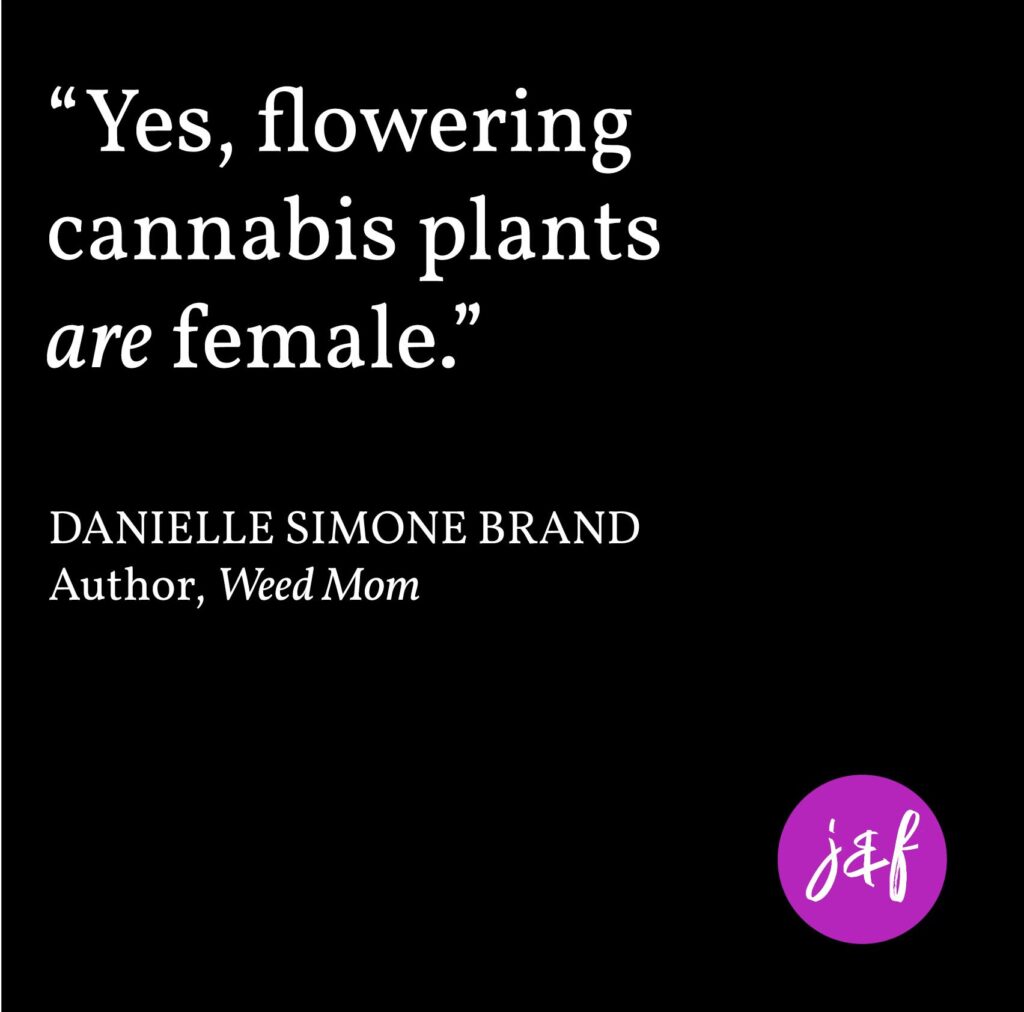
How did you come out of the weed closet, and how do you recommend that parents join you?
I like to say that coming out of the weed closet is a process, not necessarily a one-and-done kind of deal. For instance, I’m visibly “out” as a weed mom on the internet and, quite obviously, in my book… but I’m not particularly out when meeting new folks in my prohibition state neighborhood. I protect myself and my family by practicing discretion until I’ve established a trusting enough relationship with a new friend or associate. That said, I talk in my book about coming out of the weed closet to the parents of my kids’ friends (even in a prohibition state) if there’s a chance they’ll find me on the internet; I like to get ahead of that conversation and make sure they understand that I’m an educated consumer and a responsible parent before they happen to associate “my name” and “weed.”
Weed Mom chapter 11 speaks specifically to cannabis and socializing; in it, I describe how a few canna-moms, including myself, have exited (or mostly exited) the weed closet and discuss ways to do so safely and incrementally. One suggestion is to first broach the topic of CBD because it’s so popular and visible at the moment, and because it’s non-psychoactive. If folks are open to CBD talk, there may also be room for a little THC convo, too.
Just remember that a lot of people are still laboring under ancient stoner stereotypes and don’t realize how nuanced and varied cannabis really is. Emphasize responsible use and to talk about how cannabis helps you. Canna-skeptics are generally more receptive to learning about wellness uses, like help with sleep, pain, or anxiety.
Does the same advice in Weed Mom apply to dads?
I think a lot of the info in Weed Mom can apply to parents of any gender… certainly canna-curious dads can learn about stuff like the origins of prohibition (spoiler alert: it was about racism and money, not public safety), cannabis science, and how to decode products in the legal marketplace. I think dads could also find some useful info in the chapter on sex, as well as the chapters on talking to kids and older folks about the plant.But overall, I’d say that the book is centered on the experience of women and moms—both from a biological standpoint (with consumption tips geared toward improvements in mood, stress, sleep, sex, and minor pain in a woman’s body) and a cultural one. The voice, tone, and humor in Weed Mom is about the lived experience of mothering today; whether you’re a working mom, a stay-home mom, or something in between… most of us struggle, to some degree or another, with figuring out who we are in the world after having kids. Since cannabis has been such a help for me in rediscovering myself post-kids, I wrote the book to help other moms do the same.
Read an excerpt of Weed Mom: Many weed enthusiasts agree: sex and cannabis are a great combo.

